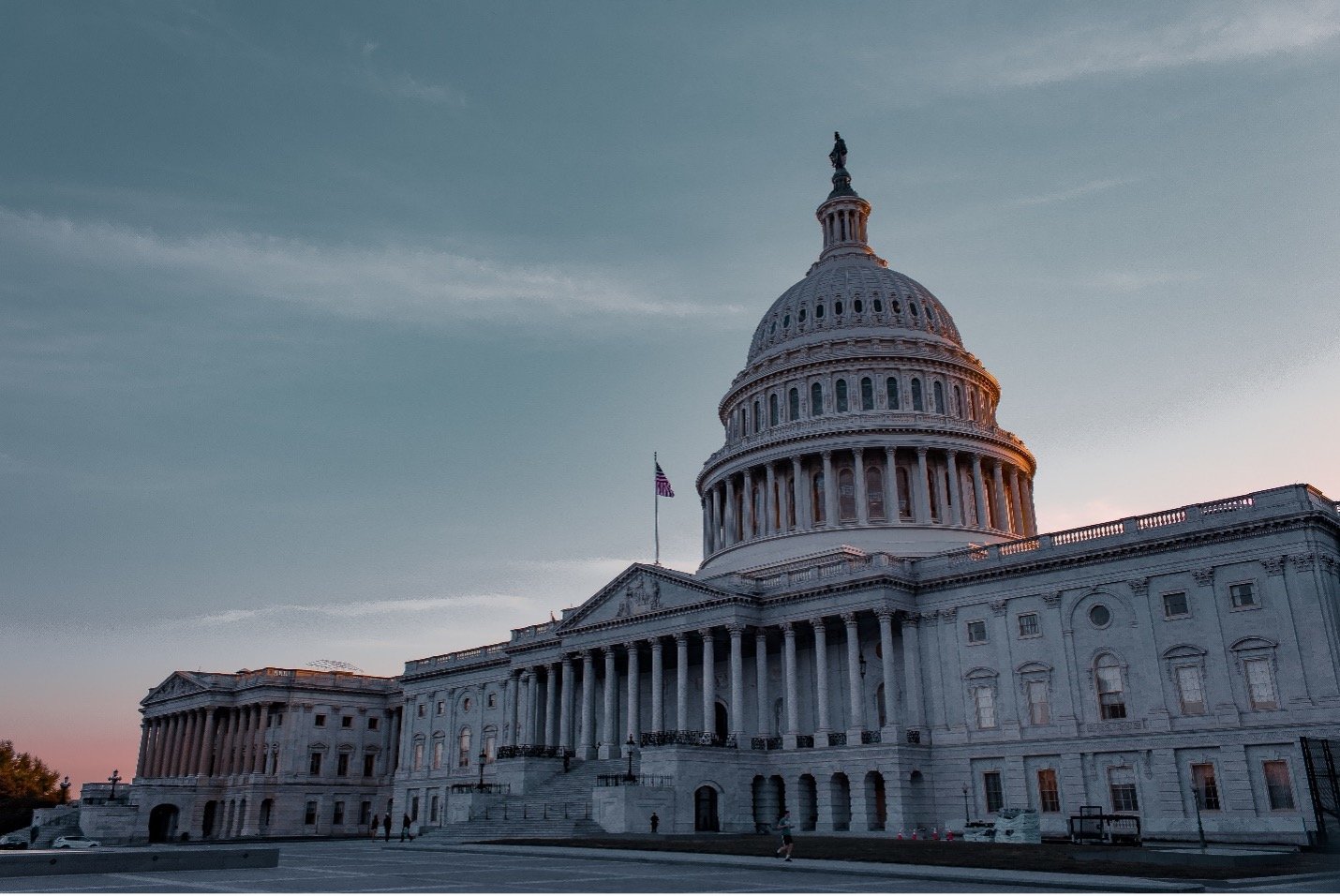SBA Adjusts Thresholds and Monetary-Based Size Standards for Small Businesses

Key Details: The Small Business Administration (SBA) issued a final and interim final rule titled “Small Business Size Standards: Adjustment of Monetary-Based Size Standards, Disadvantage Thresholds, and 8(a) Eligibility Thresholds for Inflation” on November 17. This notice is comprised of the following primary components:
- Finalization (with no change) of the SBA’s 2019 interim final rule that adjusts monetary-based industry size standards for inflation (RIN 3245-AH17).
- Interim final actions where an additional 13.65% inflation is added to the monetary small business standards.
- Adjustment of three program-specific monetary size standards to account for inflation.
- Adjustment of economic disadvantage thresholds applicable to 8(a) Business Development and Economically Disadvantaged Women-Owned Small Business (EDWOSB) programs.
These changes are in effect beginning December 19, 2022, and should be welcomed by small businesses. As such, small businesses that are participants of the programs mentioned above, and businesses looking to apply to these programs are encouraged to review the final rule. Interested parties are encouraged to submit comments on the interim final provisions of the rule. Comments are due by January 17, 2023.
Background
Per the SBA’s Size Standards Methodology whitepaper, the SBA reviews small business size standards and adjusts thresholds based on the following primary reasons:
- Industry structure and federal market conditions and changes. This includes analyzing average firm size, startup costs and entry barriers, industry competition, and distribution of firms. The SBA also reviews the impact of a size standard revision on small business participation.
- Inflation-based monetary adjustments, when necessary, through assessment of inflation rates and standards once every 5 years.
- Changes to the North American Industry Classification System (NAICS).
In July 2019, the SBA completed a second five-year rolling review of monetary-based industry size standards after an inflation adjustment. The SBA adopted a policy of only increasing size standards when the industry structure and market conditions warranted an increase in response to the COVID-19 pandemic. As such, the interim final rule provision of the regulatory action provides assurance to the public that the SBA is monitoring inflation to determine size standard adjustments.
Monetary-Based Size Standard Adjustments
The interim final rule provision adjusts receipts-based industry size standards. The SBA calculated an inflation rate of 13.65% by analyzing the Gross Domestic Product (GDP) price index for the base period (4th quarter of 2018) and comparing it to the price index for the end period (2nd quarter of 2022).
The SBA utilized this inflation rate and adjusted all receipts-based size standards by multiplying their current level by 1.1365 and rounding the result to the nearest $500,000. For the agricultural industry, the results were rounded to the nearest $250,000. The SBA rule contains a chart of all revenue-based size standard changes here. Businesses are encouraged to review these size changes internally and to consider these increases when determining SBA program eligibility. The following table includes examples of changes by NAICS code:
|
NAICS Code |
Industry Name |
Current Size Standard ($ million) |
Inflation Adjusted Size Standard ($ million) |
|
237310 |
Highway, Street, and Bridge Construction |
39.5 |
45.0 |
|
541330 |
Engineering Services |
22.5 |
25.5 |
|
541519 |
Other Computer Related Services |
30.0 |
34.0 |
|
811310 |
Commercial and Industrial Machinery and Equipment |
11.0 |
12.5 |
These changes have been published as an interim final rule with comments due by January 17, 2023. Interested parties are encouraged to submit comments to the SBA and to analyze the impact these changes may have on their businesses.
EDWOSB and 8(a) Program Threshold Adjustments
Small businesses participating in the EDWOSB and 8(a) programs are currently subject to various threshold requirements relating to net worth, aggregate gross income (AGI), and total assets. The SBA made inflation adjustments to these eligibility thresholds effective as of December 19, 2022. These inflation adjustments may enable small businesses to maintain eligibility or qualify for these programs in the future. As such, small businesses are encouraged to thoroughly review these eligibility thresholds for compliance.
The following table shows the new inflation-adjusted thresholds:
|
Threshold Item |
Prior Threshold |
Adjusted Threshold |
|
Net Worth |
$750,000 |
$850,000 |
|
Adjusted Gross Income |
$350,000 |
$400,000 |
|
Total Assets |
$6,000,000 |
$6,500,000 |
Net Worth and AGI Program Thresholds Explained
Net Worth Requirements:
- The net worth of an individual claiming disadvantage must be less than $850,000.
- The value of an owner’s personal assets such as a home, retirement accounts, and value of the business are not included in this net worth calculation except when portions of assets and equity are gained through excessive withdrawals from the 8(a) business.
- The income and assets of a spouse are also not included in the calculation. But an important item to note is that the SBA will be checking for transfers between an owner and their spouse.
AGI Requirements:
- The SBA will presume that an individual is not economically disadvantaged if their average AGI over the three preceding years exceeds $400,000. This can be calculated by taking an average of your AGI over the last 3 years. AGI is reported on the first page of your federal tax returns. Non-operational sources of income can affect this calculation.
- Distributions from your business (in excess of reasonable compensation) are also included in your AGI calculation. Thus, withdrawals for personal expenses other than for satisfying tax obligations arising in the normal course of operating the 8(a) firm, will be included. For example, an owner takes wages of $200,000 and distributions of $350,000. If their individual tax liability arising from the 8(a) business turns out to be $100,000, they now have excess distributions of $250,000 which would be included in the AGI calculation. This results in an AGI of $450,000 which outpaces the three-year average limit.
- If your three-year rolling average AGI is below $400,000, you have met the requirement. If your average is above $400,000 or your distributions exceed tax on profits reported by your business, you must do further analysis. If you are filing taxes jointly with your spouse, you must separate any portion of income reported between you and your spouse. Further analysis can be performed for owners of an S Corporation, LLC, or Partnership by deducting any income reinvested (less distributions taken).
Conclusion
The SBA EDWOSB and 8(a) programs are a great way for qualified small businesses to get a head start building their contract portfolio. Through inflation adjusted thresholds and lowered competition, owners will have a higher chance of winning more contracts to grow their business. Small businesses are encouraged to review the rules relating to revenue-based size standard adjustments and to consider these new thresholds when applying for SBA programs. Contractors of the programs or businesses looking to apply to these programs are encouraged to contact Ryan & Wetmore with questions or concerns regarding their specific income or tax situation and to discuss program and tax planning services.
Today’s Thought Leaders

About Peter Ryan
Partner, Co-founder, & CPA
Peter T. Ryan co-founded Ryan & Wetmore in 1988 with business partner Michael J. Wetmore. Peter provides clients with the best strategies for success. His expertise extends across various industries. Peter obtained a Master of Business Administration in Finance from the University of Baltimore and a Bachelor of Arts in Accounting from the Catholic University of America.

About Rosie Cheng
Finance Consultant
Rosie Cheng is a Finance Consultant at Ryan & Wetmore. She focuses on government contracting services and produces many of the firm’s government contracting newsletters. Rosie graduated from Georgetown University with a Master of Science in Management and from William and Mary with a Bachelor of Business Administration.


